Imperial Amazon Parrot | Todd Marcus Birds Exotic
$500.00
Imperial Amazon Parrot
Imperial Amazon Parrot (Amazona imperialis), also known as the Sisserou or Dominican Amazon, is a majestic and critically endangered parrot species native to the Caribbean island of Dominica. It’s one of the largest Amazons, symbolizing the island’s natural heritage and featured on Dominica’s coat of arms and currency. With fewer than 50 individuals left in the wild, it’s a poignant example of avian conservation challenges. Below is a detailed guide based on ornithological data.
Physical Description
- Size and Appearance: Adults measure 18-20 inches (45-50 cm) long and weigh 2-3 pounds (900-1,360 grams), making them the largest Amazon parrot. They have striking purple-blue and green plumage, a prominent red forehead patch, and a hooked beak for cracking nuts. Males and females look similar, but males are slightly larger.
- Lifespan: Up to 50-70 years in captivity, though wild lifespans are shorter due to threats.
- Unique Traits: Their deep, resonant calls can be heard echoing through Dominica’s forests, and they have a distinctive “imperial” crest that fans out when excited.
Habitat and Behavior
- Natural Range: Endemic to Dominica’s mountainous rainforests, particularly the Morne Diablotin National Park. They inhabit elevations of 1,000-4,000 feet (300-1,200 meters) in humid, dense woodlands.
- Diet: Primarily fruits, seeds, nuts, and flowers. In the wild, they forage in small flocks, playing a key role in seed dispersal.
- Behavior: Social and monogamous, forming lifelong pairs. They’re diurnal (active during the day), with strong territorial instincts. Known for intelligence and mimicry, they can learn sounds and words, though less vocally inclined than African Greys. Breeding occurs in tree cavities during the wet season (June-October), with females laying 2-4 eggs.
- Vocalizations: Loud, raucous calls for communication, but they can be trained to be quieter in captivity.
Conservation Status
- Endangerment Level: Critically Endangered (IUCN Red List), with an estimated 20-50 birds remaining in the wild. Populations have plummeted due to habitat loss from hurricanes, deforestation, and invasive species like rats and mongooses that prey on eggs and chicks.
- Efforts: Dominica’s government, with support from organizations like the Durrell Wildlife Conservation Trust and the Peregrine Fund, runs captive breeding programs. The “Imperial Amazon Project” has successfully bred and reintroduced birds, increasing numbers slightly. Visitors to Dominica can support eco-tourism that funds these initiatives.
- Threats: Climate change exacerbates hurricane impacts, while illegal poaching for the pet trade (though rare now) persists.
As a Pet
Imperial Amazons are not commonly kept as pets due to their endangered status and legal protections. Ownership is heavily restricted or banned in many countries under CITES Appendix I. If legally acquired (e.g., from conservation programs), they require expert care:
- Suitability: Best for experienced owners; they’re powerful, intelligent, and can be nippy if not socialized. They bond deeply but need constant mental stimulation.
- Care Tips: Large aviaries (at least 10x10x10 feet), a diet of pellets, fruits, veggies, and nuts, daily interaction, and veterinary oversight for beak health and potential diseases like psittacosis.
- Ethical Note: Avoid supporting the pet trade; instead, consider donating to conservation or adopting other Amazon species like the Yellow-naped.
Fun Facts
- Cultural Icon: Dominica’s national bird, it’s a symbol of resilience and appears on stamps and flags.
- Survival Stories: Some captive-bred Imperials have been released back into the wild, with monitoring showing successful adaptation.
- Comparison: Larger than most Amazons (e.g., Blue-fronted), they’re more reclusive but equally smart.
- Historical Rarity: Once abundant, their decline mirrors many Caribbean species affected by colonization and environmental changes.
Reviews
There are no reviews yet.
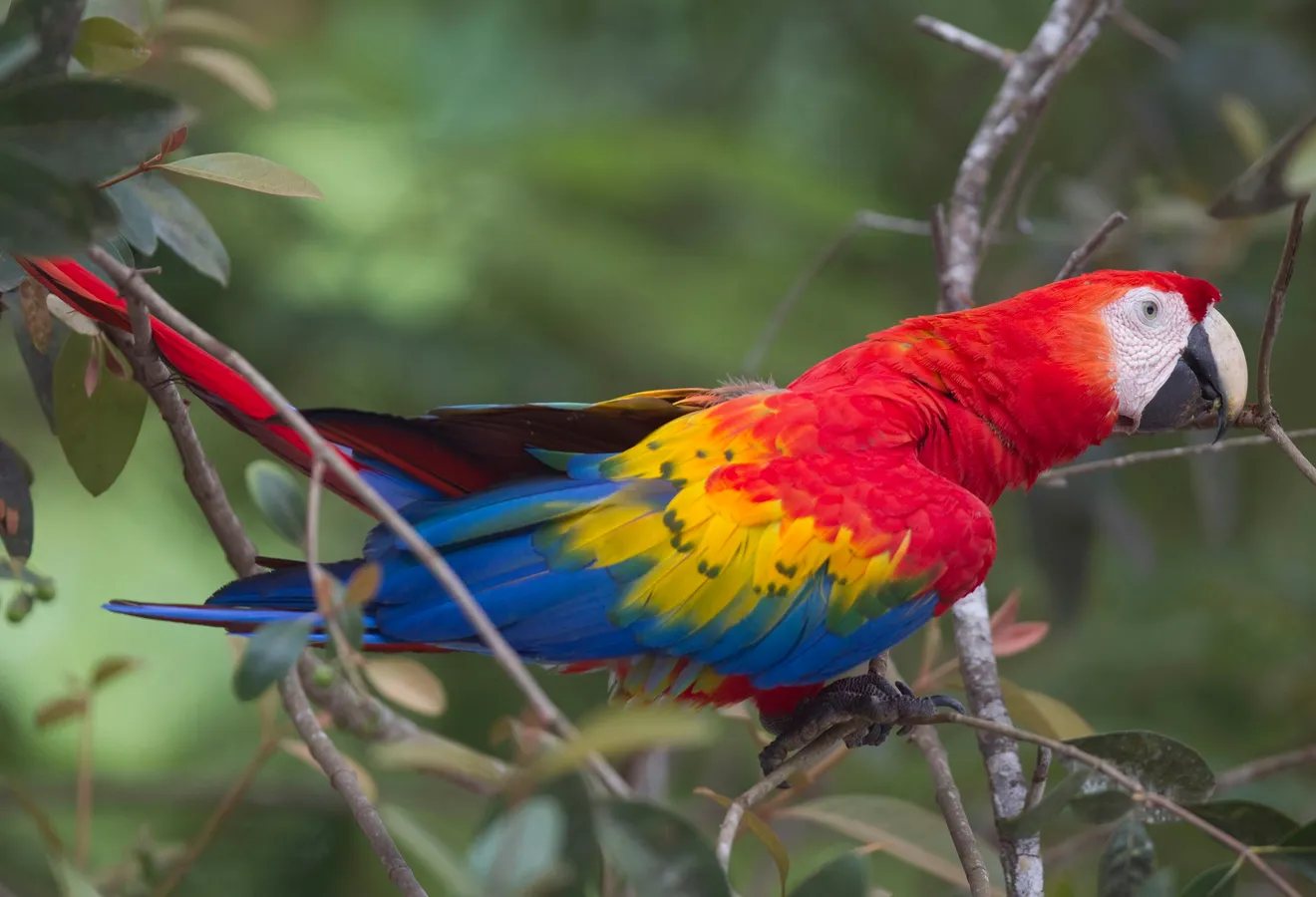
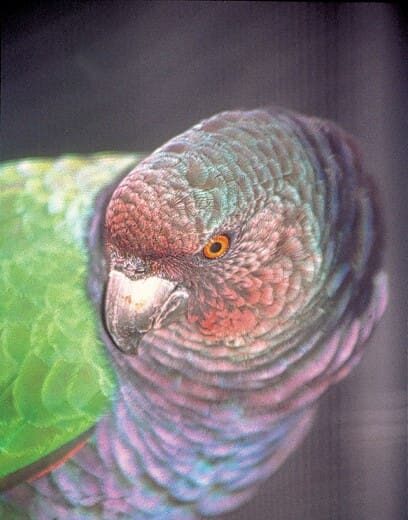
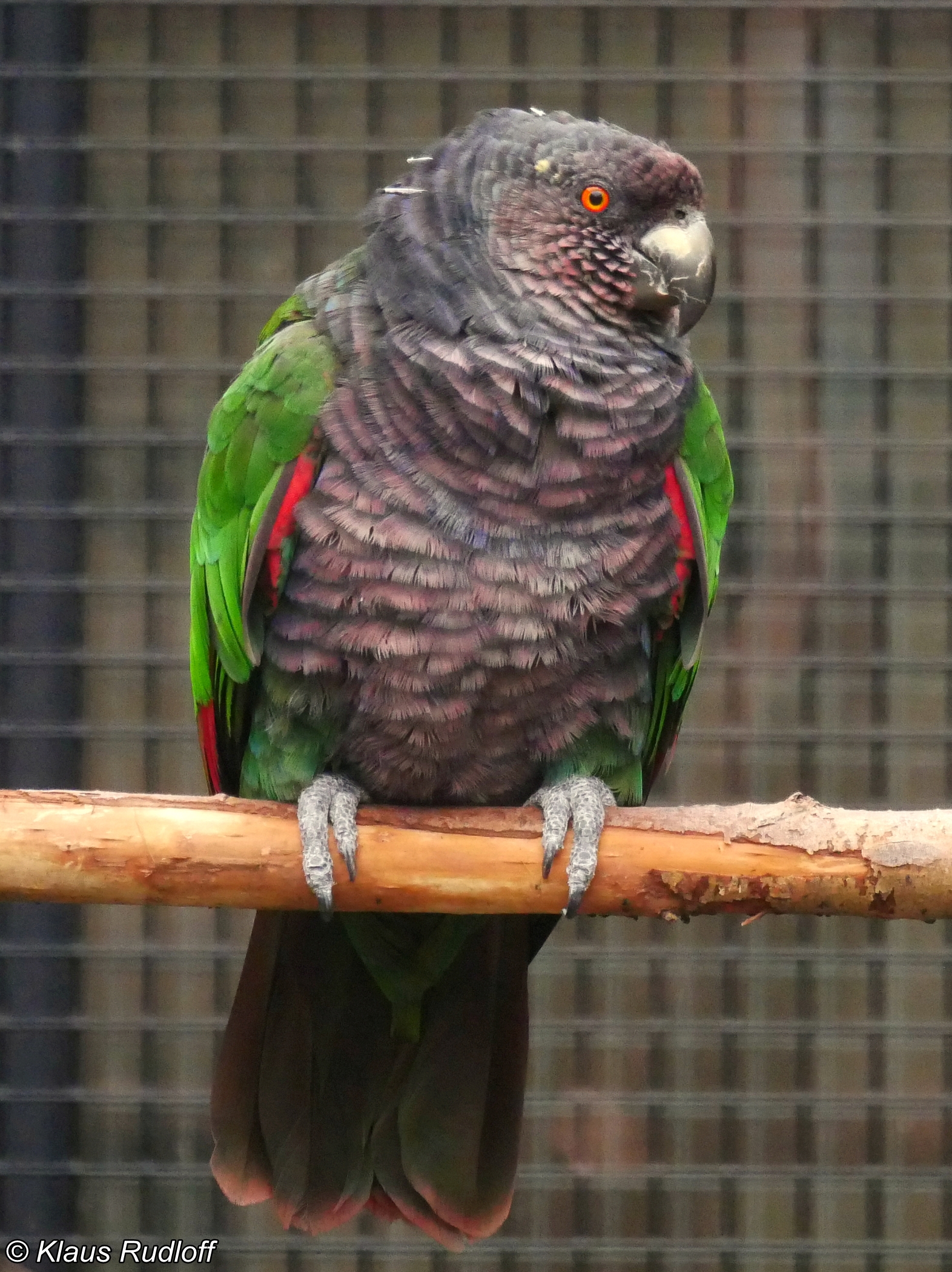

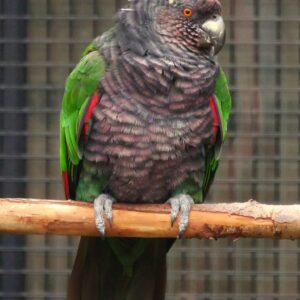
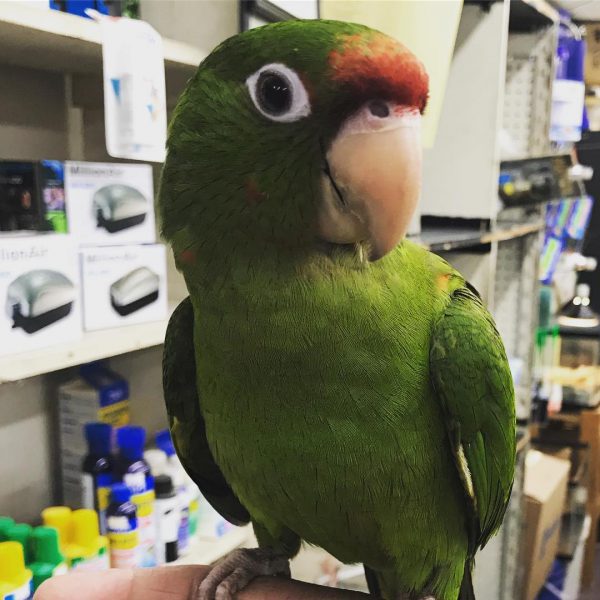
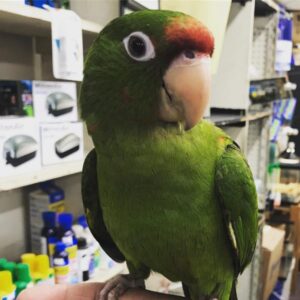
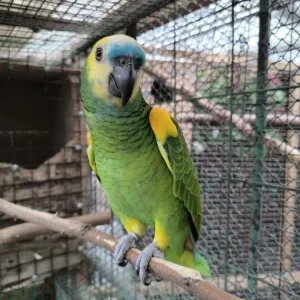
Be the first to review “Imperial Amazon Parrot | Todd Marcus Birds Exotic”